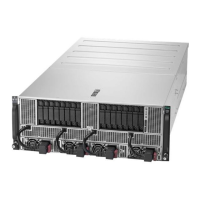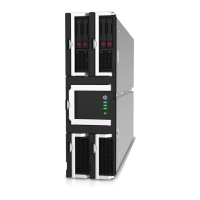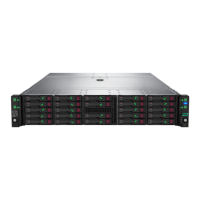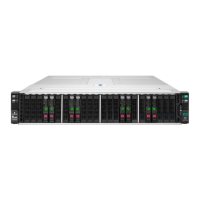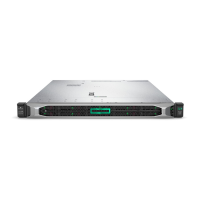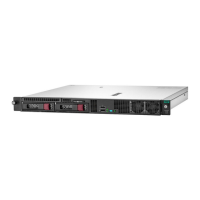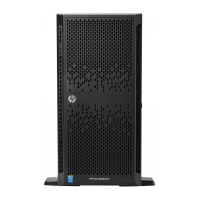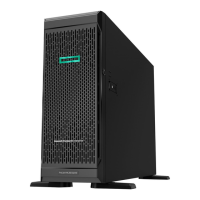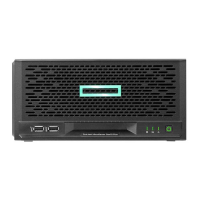NOTE: When selecting a non-replicating share, you can run the Replication or Recovery Wizard.
• Use the Replication Wizard to create mappings for the non-replicating share; it becomes a Source
share. See Running the replication wizard (NAS) on page 72
for more information.
• Use the Recovery Wizard to recover files from a Target share. See Recovering a source appliance
(NAS shares) on page 73 for more information.
Table 20: Local share parameters
Field Description
Name The name of the share, defined when the share was
created.
Replication Role The role, which may be Non Replicating, Replication
Source, or Replication Target. All shares are initially non-
replicating until mappings have been configured using this
page.
Status The status of the local share, such as Online.
User Data Stored The amount of user data stored.
Size On Disk The amount of space used on the disk.
Access Protocol The access protocol that was configured when the NAS
share was created: CIFS or NFS.
Longest Time Out Of Sync The longest time out of sync.
Share Version The share version number.
Replication Status Replication status, which may be Synchronised,
Synchronising, or Pending Synchronisation.
Service Set The Service Set on which the library is configured.
Share mappings
Select a local share to display its mapping.
Users with an administrator login may also remove a share mapping by clicking on the Remove button.
CAUTION: Do not delete a replication mapping while a backup or restore operation is in progress,
because the source device is temporarily taken offline and any backup or restore jobs will fail.
70 Replication functions
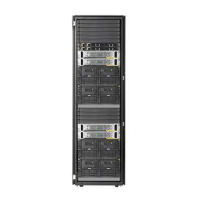
